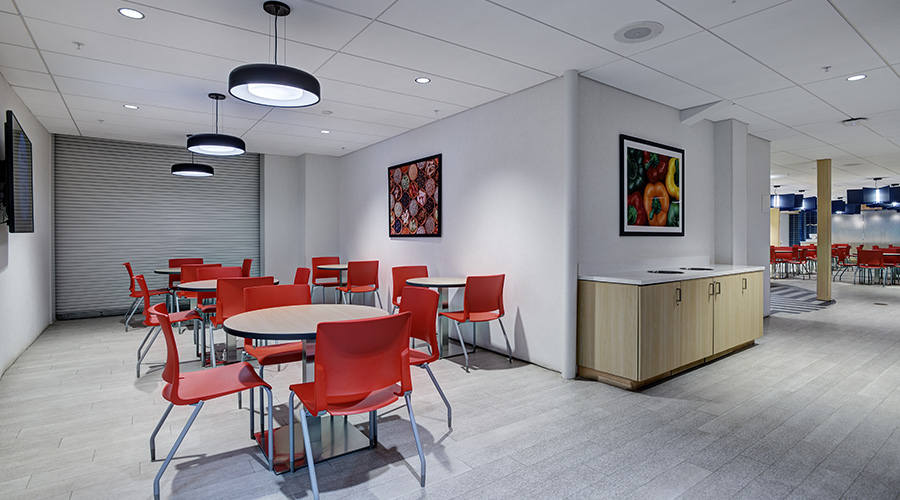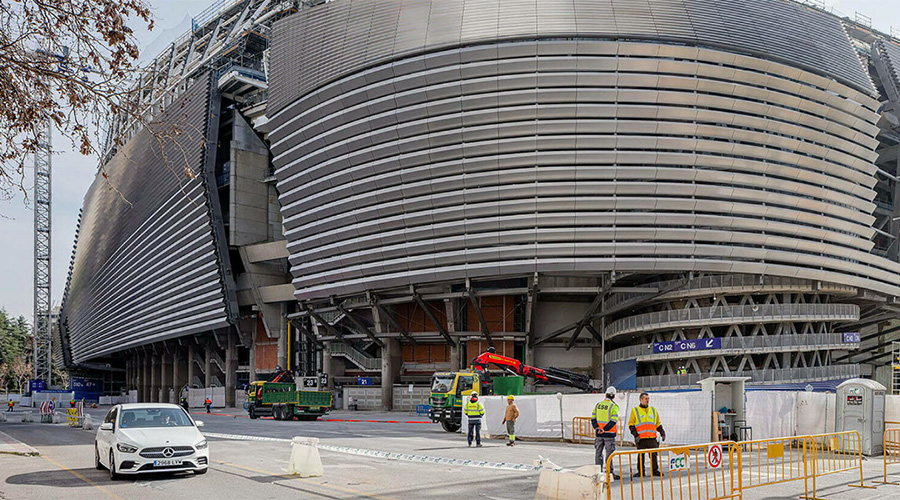Critical-Equipment-Room Planning In PSAP/Command Centers
Critical-equipment-room planning is essential in PSAP/command center facilites. In almost every case, these facilities maintain a well-defined critical-equipment room separate from the operations floor for systems head-end or communications demarcation, using racked configurations with proper grounding and environmental controls to support equipment needs. Maximum wall space within the critical equipment room should also be maintained for back-board-mounted equipment.
Equipment rooms should be placed adjacent to operations spaces, thus minimizing cable runs and travel distance for technology specialists who service and maintain systems. Equipment rooms typically are outfitted with fire suppression systems that reduce damage to critical equipment if discharged, or at least minimize the presence of water and potential for leaks. Clean agent, mist, or highly monitored wet suppression systems are options to be considered given size, resources, and agency maintenance capabilities.
It is essential to include substantial wiring pathways in planning these critical environments. Raised-access floor systems most often provide, either in flat or tiered configuration, the space for required cable routing from racked systems to user consoles within operations areas. While more purpose-built pathways can address these needs, detailed planning to ensure adequate space for current and future cabling is required. Also note that the combination of raised access-floor plenums with cabling systems requires the use of plenum-rated cabling, increasing the cost and complexity of installation. Thus, the decision should be made upfront as to whether cabling and air distribution will be segregated (with cabling underfloor and HVAC distribution above, or with HVAC underfloor and cabling systems above, as is most often seen in data center development).
Cabling infrastructure should consider not only immediate needs, but also the capacity for growth or expansion associated with new equipment or operations needs over time. Spare capacity to accommodate the installation of new equipment and cabling/utility infrastructure before cutover, decommissioning, and removal of replenished systems is also a key consideration. Planning metrics often employed in this regard suggest building in 100 percent additional capacity to the base need for rack space and cabling pathways.
Another planning imperative requires the anticipation of new technologies and systems upgrades within an operating critical environment. Service access and pathways for primary feeders and cabling trunks should be carefully integrated into facility and console/furniture planning to ensure minimum upset even during installation of such systems. While underfloor plenums provided with raised-access flooring offer generous space for cabling runs, it is essential to coordinate the planning of these plenums with aisleways or dedicated access lanes to ensure the ability to maintain primary operations. The same is true within critical equipment spaces and within overhead cable trays.
Related Topics:














